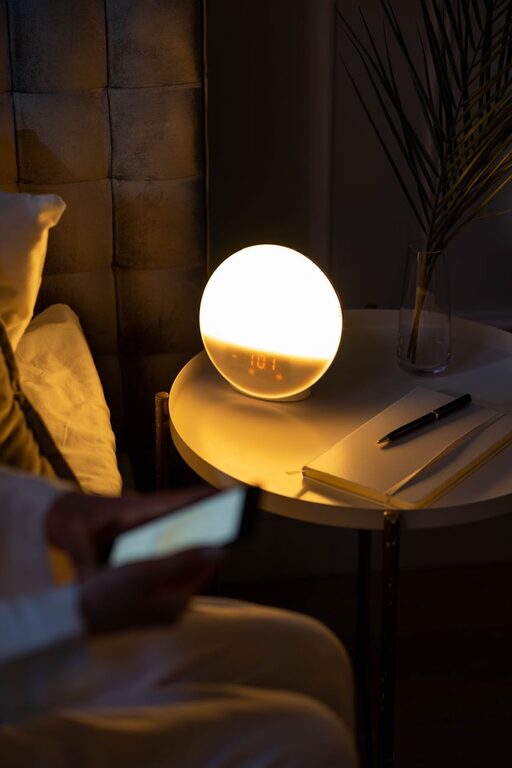Getting a good night’s sleep starts with how you prepare for bed. A relaxing bedtime routine can help ease your mind and body, making it easier to fall asleep and improve sleep quality. Whether you struggle to unwind or just want a better nightly rhythm, creating a calming routine is a great place to start.
In this post, we’ll explore practical tips and ideas for building a bedtime routine that suits your lifestyle and helps you relax before sleep.
Why a Bedtime Routine Matters
Your body thrives on consistency. When you follow the same steps each night leading up to bedtime, your brain learns to recognize those cues and prepares for rest. This can result in falling asleep faster, sleeping more deeply, and waking up feeling refreshed.
A good bedtime routine also helps reduce stress and anxiety that often keep people awake. It signals a transition from the busy activities of the day to a quieter, peaceful state.
Step 1: Set a Consistent Sleep Schedule
One of the most important parts of a bedtime routine is going to bed and waking up at the same time every day—even on weekends. This helps regulate your internal clock and makes it easier to fall asleep naturally.
– Choose a bedtime that allows for 7-9 hours of sleep.
– Try to wake up around the same time each morning.
– Avoid sleeping in too late on weekends to keep your schedule steady.
Step 2: Create a Calm Environment
Your bedroom should be a relaxing retreat. Adjust your space to promote comfort and quiet:
– Dim the lights about an hour before bed to reduce blue light exposure.
– Use blackout curtains or an eye mask to block out light.
– Keep the room cool, ideally between 60-67°F (15-19°C).
– Remove distractions like TVs or clutter.
– Use comfortable bedding that feels cozy.
Step 3: Limit Screens Before Bed
The light emitted by phones, tablets, and computers can interfere with your body’s melatonin production, making it harder to fall asleep.
– Aim to turn off screens at least 30-60 minutes before bedtime.
– Consider using apps or device settings that reduce blue light in the evening.
– Instead, try reading a physical book or listening to calming music.
Step 4: Engage in Relaxing Activities
Help your mind and body ease into rest with calming activities:
– Read a book: Choose something light and enjoyable.
– Take a warm bath or shower: Warm water can relax muscles.
– Practice gentle stretches or yoga: Focus on deep breathing.
– Listen to soothing music or nature sounds: Helps create a peaceful atmosphere.
– Try mindfulness or meditation: Techniques like guided breathing can reduce stress.
Step 5: Mind What You Eat and Drink
Eating or drinking certain things too close to bedtime can disrupt sleep.
– Avoid caffeine after mid-afternoon (found in coffee, tea, and some sodas).
– Limit alcohol as it can interfere with sleep cycles.
– Steer clear of heavy, spicy, or sugary foods late at night.
– If you’re hungry, opt for a light snack like a banana or a small handful of nuts.
– Drink water earlier in the evening to reduce nighttime bathroom trips.
Step 6: Set a Pre-Sleep Routine Sequence
Having a specific order of activities helps your body anticipate bedtime.
Here’s an example routine:
- Turn off electronic devices 60 minutes before bed.
- Dim the lights and prepare your bedroom.
- Take a warm bath or shower.
- Put on comfortable pajamas.
- Do 5-10 minutes of gentle stretching or meditation.
- Read a book or listen to calming music.
- Write down any thoughts or to-dos to clear your mind.
- Get into bed at the same time every night.
Adjust the steps to fit your preferences and lifestyle.
Step 7: Be Patient and Consistent
It may take a few weeks for your new routine to feel natural and for significant improvements in sleep to appear. Staying consistent each night is key.
If you don’t fall asleep right away, avoid watching the clock or stressing. Instead, focus on relaxing and trust your routine to help.
Tips for Success
– Keep your phone or alarm clock out of arm’s reach.
– Use aromatherapy with calming scents like lavender.
– Avoid intense exercise within a few hours of bedtime.
– Make weekends restful without drastically changing your schedule.
– Listen to your body’s signals for tiredness and rest accordingly.
When to Seek Help
If you’ve tried building a relaxing bedtime routine but still struggle with sleep, it could be helpful to speak with a healthcare provider or sleep specialist. Chronic sleep issues may need professional support.
—
Creating a relaxing bedtime routine is a simple but powerful way to improve your sleep and overall wellbeing. With consistency and small lifestyle changes, you can build habits that promote calmness and set the stage for a good night’s rest. Start tonight and feel the difference morning brings!

